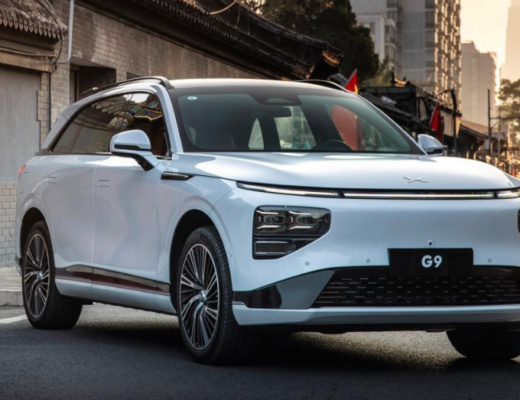To EV or not to EV, which is the question of the day. As corny as that sounds, it’s important to understand how much it costs to maintain an EV.
Electric vehicles are the new-fangled, hot topic of the day. These machines bring fancy features, modern and futuristic driving manners, and a ton of interesting claims. Are electric vehicles better for the environment? Will you spend less to refuel an EV than a gas-powered car? How much does it cost to maintain an EV? This last question is what we’re interested in answering.
Automakers claim EV maintenance is cheaper than traditional gas and diesel-powered vehicles; let’s consider the numbers.
Why do automakers claim EVs are cheaper to maintain?
Electric vehicles have fewer moving parts than ICE models, and they operate without the combustion part of the process. In simple terms, the combustion that takes place in a traditional vehicle is a small explosion that happens several times per minute. Instead of these explosions, electric vehicles utilize electric energy from the large battery pack to make the motors work and propel a vehicle down the road. The propulsion system in an EV requires fewer moving parts, which contributes greatly to the claim that EVs are more affordable to maintain.
Are there any numbers to back up the claim?
The federal Office of Energy Efficiency and Renewable Energy estimates the scheduled maintenance costs for an EV to be $0.06 per mile. This is quite a bit cheaper than the estimated $0.10 per mile for ICE vehicles. If both types of vehicles are driven 15,000 miles per year, the EV would cost $600 less per year and up to $3,000 over the course of five years. This is a significant savings, but it’s only a general estimation. When specific EVs become the subject, things could change.
What maintenance does an electric vehicle require?
Although EVs are much more affordable to maintain, they aren’t maintenance-free. That said, most maintenance visits for electric vehicles involve rotating the tires, replacing the cabin air filter and wiper blades, topping off the washer fluid, and mechanical inspections of various parts. An example of this is found in the comparison of the Chevy Bolt EUV and Chevy Trax.
The 7,500-mile maintenance visit for the Bolt EUV involves a tire rotation, lubricating the door locks, checking and topping off the battery coolant level, cabin heater, and power inverter. Some people are under the impression that EVs don’t require any fluids, which isn’t the case, but they require fewer fluids than traditional ICE vehicles.
The comparison of the two small Chevy SUVs provided by Edmunds.com shows the Bolt EUV owner would pay $2,885 in regular maintenance costs over five years while the Trax owner would pay $4,411.
What about luxury-level EVs?
Are luxury electric vehicles as affordable to maintain as mainstream models, or are they more expensive, much like the luxury ICE vehicles? As you move up the price scale, customers expect to be pampered a little more at the dealership. This means inherently higher prices for services such as loaner cars while the EV is being serviced and a posh waiting room that could include an espresso bar.
An example given by KBB.com projects the maintenance costs of an Audi Q4 e-tron to be $3,135 for five years, while the Q5 costs $5,226 for the same maintenance period. This doesn’t sound like a vast difference from the Chevy SUVs, but when we look at another high-end luxury EV, you’ll see a huge difference.
KBB also projects the costs of maintenance for the Porsche Taycan Cross Turismo Turbo S, which is estimated at $12,269 for regular services over five years. It shouldn’t come as much of a surprise to find Porsche and other top-end automotive names charging much more for services than other brands.
What about the batteries?
Here’s where the cost to maintain an EV can go through the roof. If an EV owner continues to drive their vehicle beyond the battery warranty, they will eventually need to replace the battery. This is the costliest part of the vehicle, and it has a limited lifespan of being useful in a vehicle. Over time, most EV batteries can lose some of the maximum driving range, causing them to drive less on a full charge.
As a final note, the average five-year cost to maintain an EV is much less than a similarly sized gas-powered vehicle, but eventually, the cost will get pretty high when the battery pack needs to be replaced.
Could that mean that more EV owners will lease their rides than purchase them? That could be the future of the automotive industry.
This post may contain affiliate links. Meaning a commission is given should you decide to make a purchase through these links, at no cost to you. All products shown are researched and tested to give an accurate review for you.




